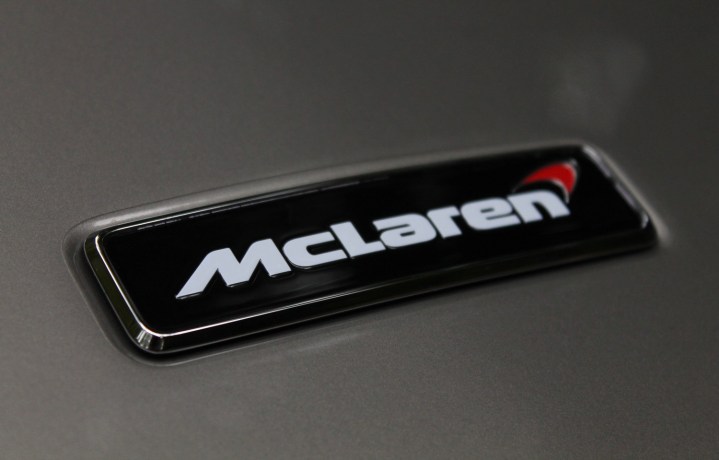
The 69-year old explained he didn’t want to leave his position, but he was ousted by fellow shareholders after he lost an internal argument. While official details are few and far between, sources familiar with the matter told the BBC that McLaren shareholders no longer agreed with Dennis’ autocratic style of management and his plans to leave niche status by growing the brand over the coming years.
Notably, Dennis was allegedly working on a controversial plan to sell the McLaren Technology Group to a Chinese firm for 1.65 billion pounds, a sum that converts to approximately $2.1 billion. An earlier report claims top executives nearly sold McLaren’s car-building division — or at least a chunk of it — to Apple, but a spokesman for the company denied the rumors.
Dennis will continue to call some of the shots at McLaren even if he’s no longer officially in charge. He’s still a member of the McLaren Technology Group and McLaren Automotive boards, and he owns 25 percent of the group. Fifty percent of McLaren is owned by an investment fund based in Bahrain, while the remaining 25 percent is owned by Mansour Ojjeh, Dennis’ former friend and business partner.
“My first concern is to the business I have built and to its 3,500 employees. I will continue to use my significant shareholding in both companies and my seats on both boards to protect the interests and value of McLaren and help shape its future,” he affirmed in a recent interview with the BBC.
Dennis added he plans on launching a technology investment fund as soon as his contract with McLaren expires. As of writing the shareholders haven’t revealed who will replace Dennis at the head of the company.
Editors' Recommendations
- Bowers & Wilkins and McLaren launch special-edition Px8 headphones
- McLaren applies F1 tech to health care, air-traffic control, Wi-Fi, and athletics
- This electric mini McLaren will ensure your kid has a cooler ride than you
- McLaren’s next supercar will focus on comfort as well as performance



